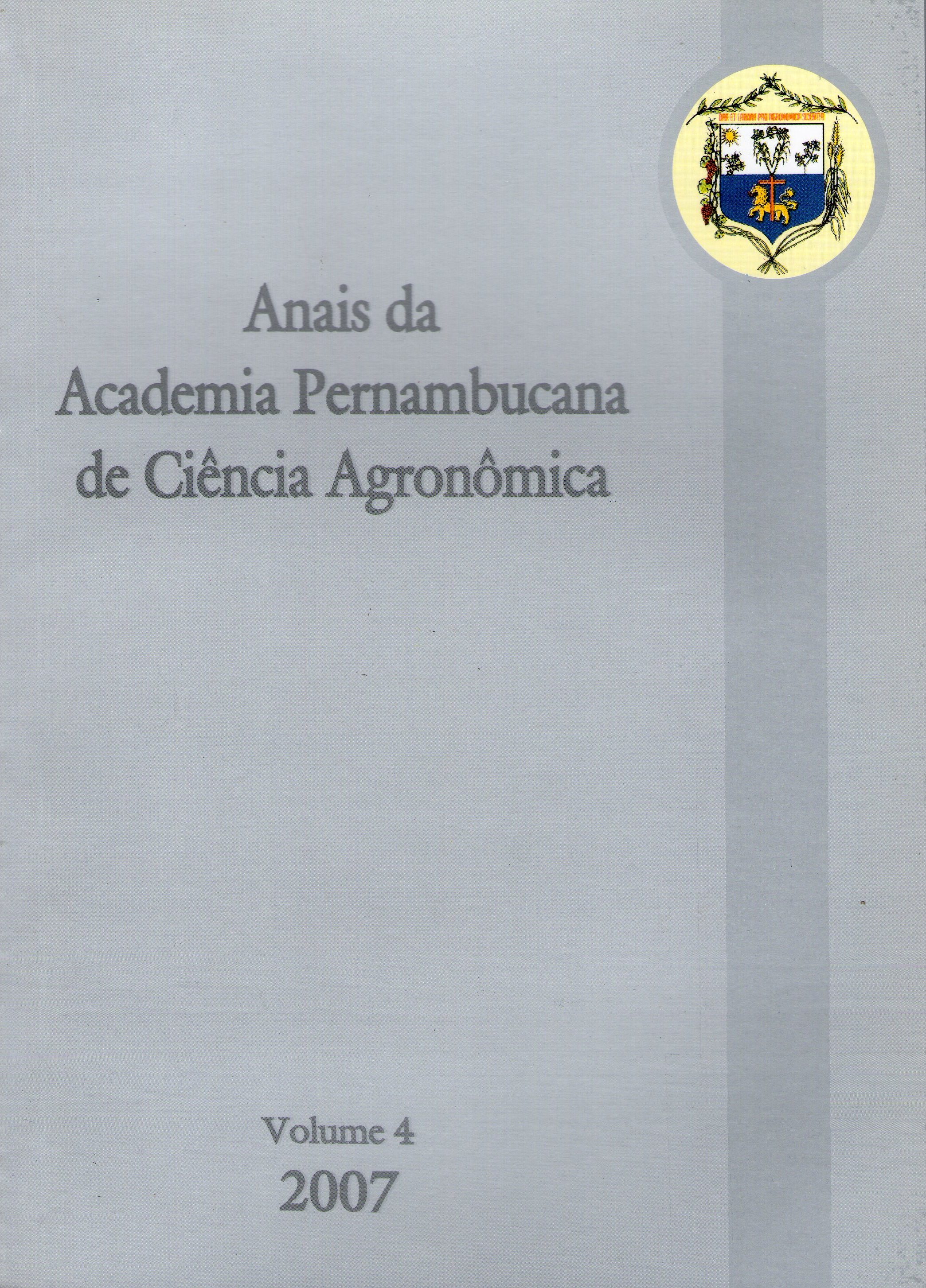DISSIMILAR RESULTS OBTAINED FROM APPLICATIONS OF TWO DIFFERENT SYSTEMIC NEMATICIDES ON SUGARCANE, VAR. SP 79 1011, IN TWO DIFFERENT ENVIRONMENTS AT NORTHEASTER BRAZIL. PART 2. OBSERVATIONS ON THE FIRST RATOON
Keywords:
Carbofuran, Terbufos, Saccharum sp., Sugarcane nematodesAbstract
Two experiments were established in two large sugarcane fields at twodifferent municipalities in the state of Pernambuco. The first, with the startingin August 2004, still raining season, in Carpina. In this place the soil wasdeep, dark sandy–loam, with good fertility and adequate level of organicmatter. The second, in Goiana, with the starting in December, 2004, duringthe dry season. The soil was shallow white sandy, with low fertility and lowlevel of organic matter. The objectives of these two experiments were thesame; to study the consequences of two different systemic nematicideapplications at host planting to the first sugarcane ratoon. The nematicideswere carbofuran, a carbamate, and terbufos, an organophosphate, both appliedat planting. The used sugarcane (Saccharum sp.) variety was the SP 70 1011largely cultivated in the area. Data were obtained on the host growth andyield, and on Pratylenchus zeae reproduction. This plant parasitic nematode is amigratory endoparasite, highly virulent to sugarcane. Both fields receivedexactly the same following up including irrigation. Before the experiment,both areas had more than ten years of sugarcane cropping and possessedhigh population levels of this nematode as the initial population (Pi) and alow yield field records. The experiments pointed out dissimilar results in thetwo experiments. In Carpina, the nematicides did not increase yield butsignificantly reduced the nematode population. In Goiana, the best nematicidewas carbofuran with an increasing yield of 33,5% or 27,3 t/ha. On the otherhand, in this experiment, no reductions on populations densities wereobserved. In both experiments, the treatments didn’t affect plant growth asfar as the biometrics of the host was concerned.Downloads
Download data is not yet available.
Downloads
Published
2014-08-14
How to Cite
Moura, R. M. de, & Oliveira, I. S. de. (2014). DISSIMILAR RESULTS OBTAINED FROM APPLICATIONS OF TWO DIFFERENT SYSTEMIC NEMATICIDES ON SUGARCANE, VAR. SP 79 1011, IN TWO DIFFERENT ENVIRONMENTS AT NORTHEASTER BRAZIL. PART 2. OBSERVATIONS ON THE FIRST RATOON. Anais Da Academia Pernambucana De Ciência Agronômica, 4, 304–313. Retrieved from https://www.journals.ufrpe.br/index.php/apca/article/view/68
Issue
Section
Artigos








